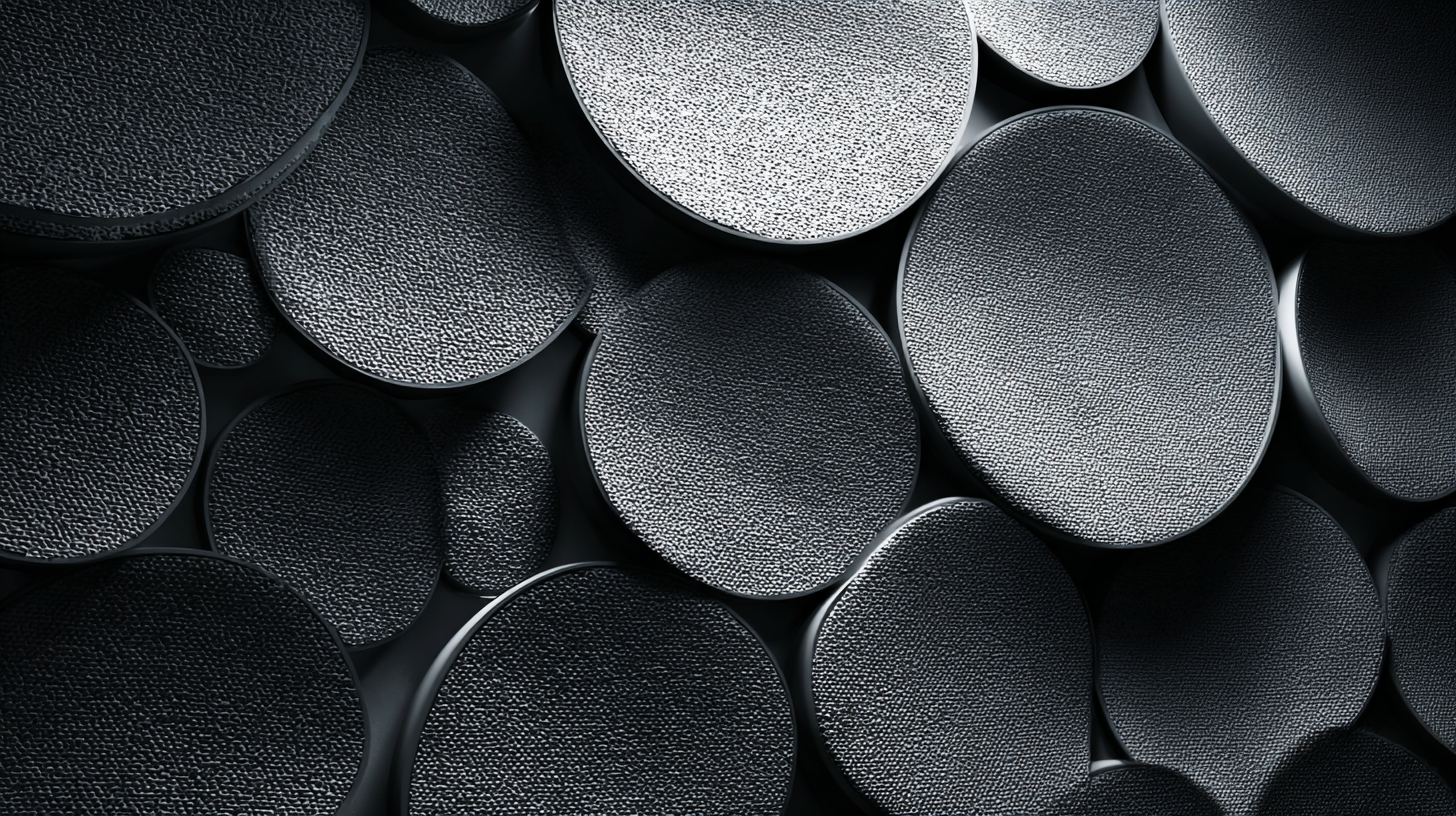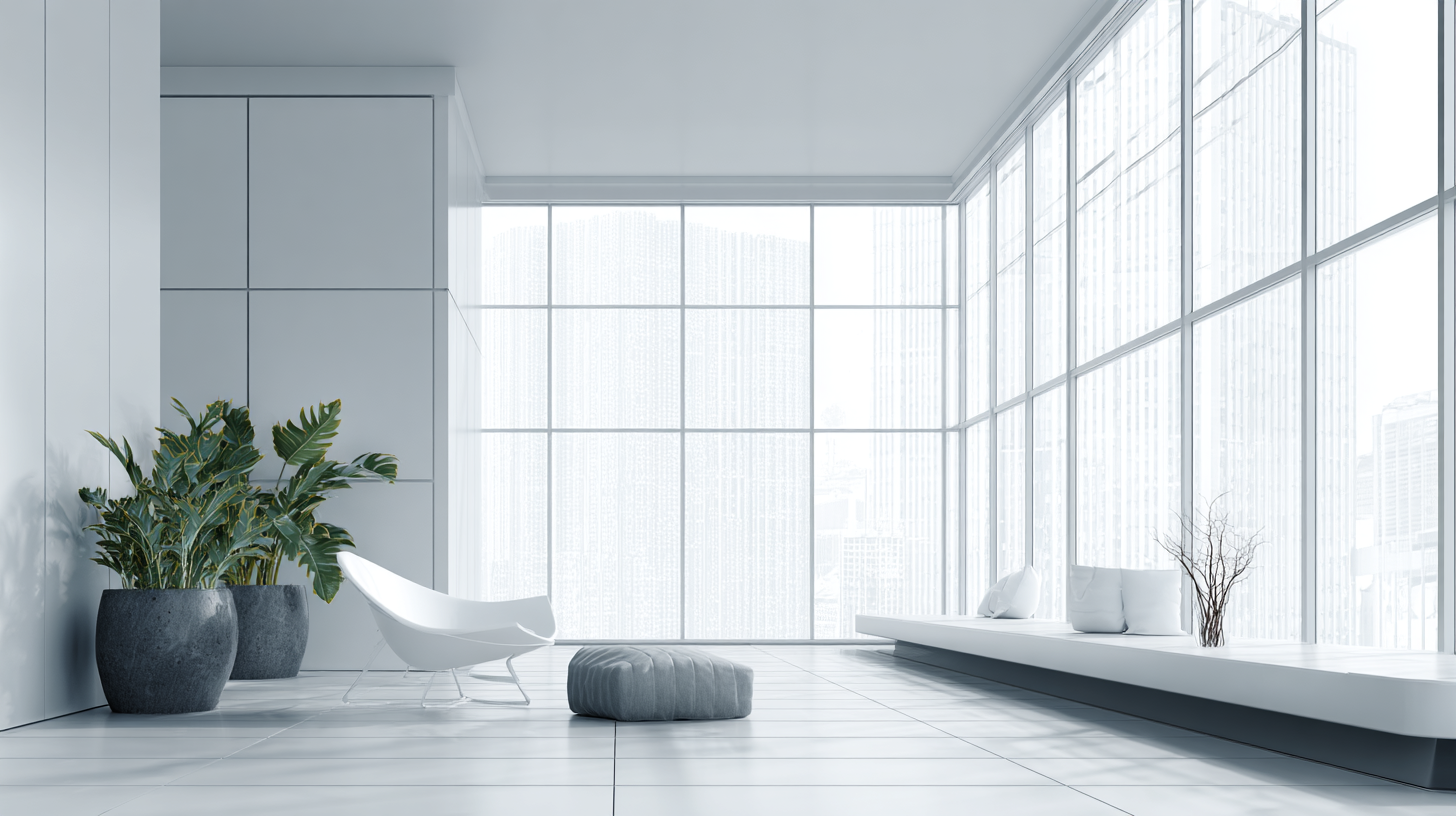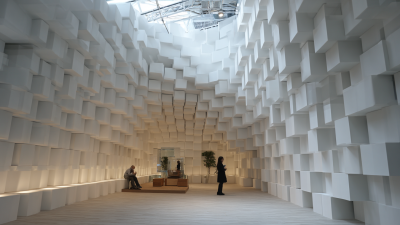In an increasingly noisy world, the significance of effective sound management in various environments has never been more critical. Research from the World Health Organization indicates that constant exposure to high decibel levels can lead to various health issues, including stress and sleep disturbances. This alarming reality has led to a surge in the popularity of noise absorbing panels, which are specifically designed to mitigate sound pollution in both residential and commercial spaces. According to a report by MarketsandMarkets, the global soundproofing materials market is expected to reach $12 billion by 2025, highlighting the growing awareness and demand for effective acoustic solutions. This guide will explore the transformative potential of noise absorbing panels, offering insights into their benefits and practical applications that can significantly enhance the quality of life and work environments.

Noise absorbing panels have become a pivotal solution in creating serene environments, whether in homes, offices, or recreational spaces. These panels are crafted from various materials suitable for acoustic treatment, including foam, fabric-wrapped composites, and wood. Their main types can be categorized into flexible, rigid, and vibration isolation panels, each designed to target specific noise issues. The industrial noise control market is projected to reach significant growth, driven by a rising demand for noise reduction in urban areas, which is expected to influence the selection of acoustical materials.
To enhance the effectiveness of noise-absorbing panels, consider these tips: First, strategically place panels in areas where sound reflects off hard surfaces such as walls and ceilings to maximize sound absorption. Second, opt for a combination of different panel types and materials—this approach not only enhances aesthetics but also improves sound accommodation across various frequencies. Lastly, ensure that panels are installed properly, as gaps or improper placement can significantly diminish their noise-reducing capabilities.
By investing in the right materials and designs, you can transform your space into a quieter, more pleasant environment while contributing to the expanding noise control market anticipated to grow at a notable rate in the coming years.
Noise-absorbing panels play a crucial role in improving acoustics across various environments, from bustling offices to serene homes. According to a report by the Acoustical Society of America, sound absorption materials can reduce noise levels by as much as 30 decibels, significantly enhancing speech intelligibility and overall comfort in a space. These panels utilize materials such as foam, fiberglass, and even wood to mitigate sound reflections and minimize echoes, creating an environment conducive to productivity and relaxation.
The science behind sound absorption revolves around the concept of porous materials that trap sound waves. When sound waves encounter these panels, they penetrate the material's surface and are converted into a small amount of heat energy rather than being reflected back into the room. A study published by the Journal of Architectural Acoustics highlights that spaces with effective sound absorption can lead to a 40% increase in concentration levels among employees, proving that the right acoustic treatment can significantly impact cognitive function and well-being in professional settings. By understanding and applying these principles, transforming any space into a quieter, more focused environment becomes not just possible but essential.
| Room Type | Noise Reduction Coefficient (NRC) | Common Panel Material | Recommended Thickness | Ideal Placement Height |
|---|---|---|---|---|
| Home Theater | 0.85 | Acoustic Foam | 2-4 inches | Height of seating area |
| Recording Studio | 0.95 | Fiberglass Panels | 4-6 inches | From floor to ceiling |
| Office | 0.70 | Mineral Wool | 1-2 inches | Above the cubicle height |
| Classroom | 0.75 | Fabric Wrapped Panels | 2 inches | Wall-mounted at 3-4 feet |
| Restaurant | 0.80 | Wooden Panels | 1-3 inches | Decorative height |
Noise absorbing panels are an effective solution for both residential and commercial environments, offering a multitude of benefits that enhance comfort and productivity. One of the primary advantages is the significant reduction of unwanted noise. In busy public spaces, such as offices or restaurants, these panels can help create a more pleasant atmosphere by minimizing distractions and allowing for clearer communication. In homes, they can reduce echo and sound transmission from one room to another, thus enhancing the overall living experience.

When considering noise absorbing panels, placement is key. For optimal performance, install them on walls or ceilings that face sound sources, such as busy streets or crowded common areas. Additionally, consider the material and thickness of the panels; thicker panels generally absorb more sound. For those looking for a stylish touch, visually appealing designs can complement your interior while providing necessary soundproofing.
Another tip is to combine noise absorbing panels with other soundproofing solutions, such as carpets and heavy curtains. This layered approach can help achieve a quieter and more tranquil environment. By thoughtfully incorporating noise absorbing panels into your space, you can transform not just the acoustics but also the overall ambiance.
When considering noise absorbing panels for your space, it's crucial to evaluate several factors that affect their performance and aesthetics. The material composition is one of the key determinants of how effectively a panel can absorb sound frequencies. For instance, high-density acoustic materials can significantly reduce reverberation in larger spaces while also enhancing the overall aesthetic appeal of the environment. A recent study indicates that spaces designed with quality acoustic solutions can improve user comfort and productivity by up to 30%.
Additionally, the design and finish of the panels play a vital role in blending functionality with visual appeal. Panels should complement the existing decor and architectural style of the space. According to industry reports, integrating decorative acoustic solutions not only combats noise but also adds a touch of modern elegance to interiors.
**Tips:**
- Ensure the panel thickness is appropriate for your space; thicker panels generally offer better sound absorption.
- Consider a color palette that harmonizes with your current design to maintain aesthetic continuity and enhance your environment.
- Assess the acoustic needs of your specific area—classrooms, offices, and open spaces may require different types of panels for optimal performance.

The noise control solutions industry is evolving rapidly, driven by technological innovations and a growing demand for quieter environments in both residential and commercial spaces. The global soundproofing and noise control market is projected to expand significantly, with a notable trend towards incorporating eco-friendly materials and advanced metamaterials in product designs. As businesses and consumers alike prioritize sustainability, manufacturers are adapting their offerings to meet these demands.
Tips: When considering noise-absorbing panels for your space, always opt for products made with sustainable materials to minimize environmental impact. Additionally, understanding the acoustic properties of the panels will help you choose the right type to effectively reduce sound transmission in your environment.
The market growth is also led by advancements in acoustic panel technologies, including the development of sound barriers and baffles designed for diverse applications. With industry players racing to innovate, keeping up with market trends can provide insights into the best solutions for your noise control needs.
Tips: Stay informed about emerging technologies in noise control by following industry reports and news updates. This will help you make strategic decisions that enhance your space's acoustic performance while aligning with current market trends.






